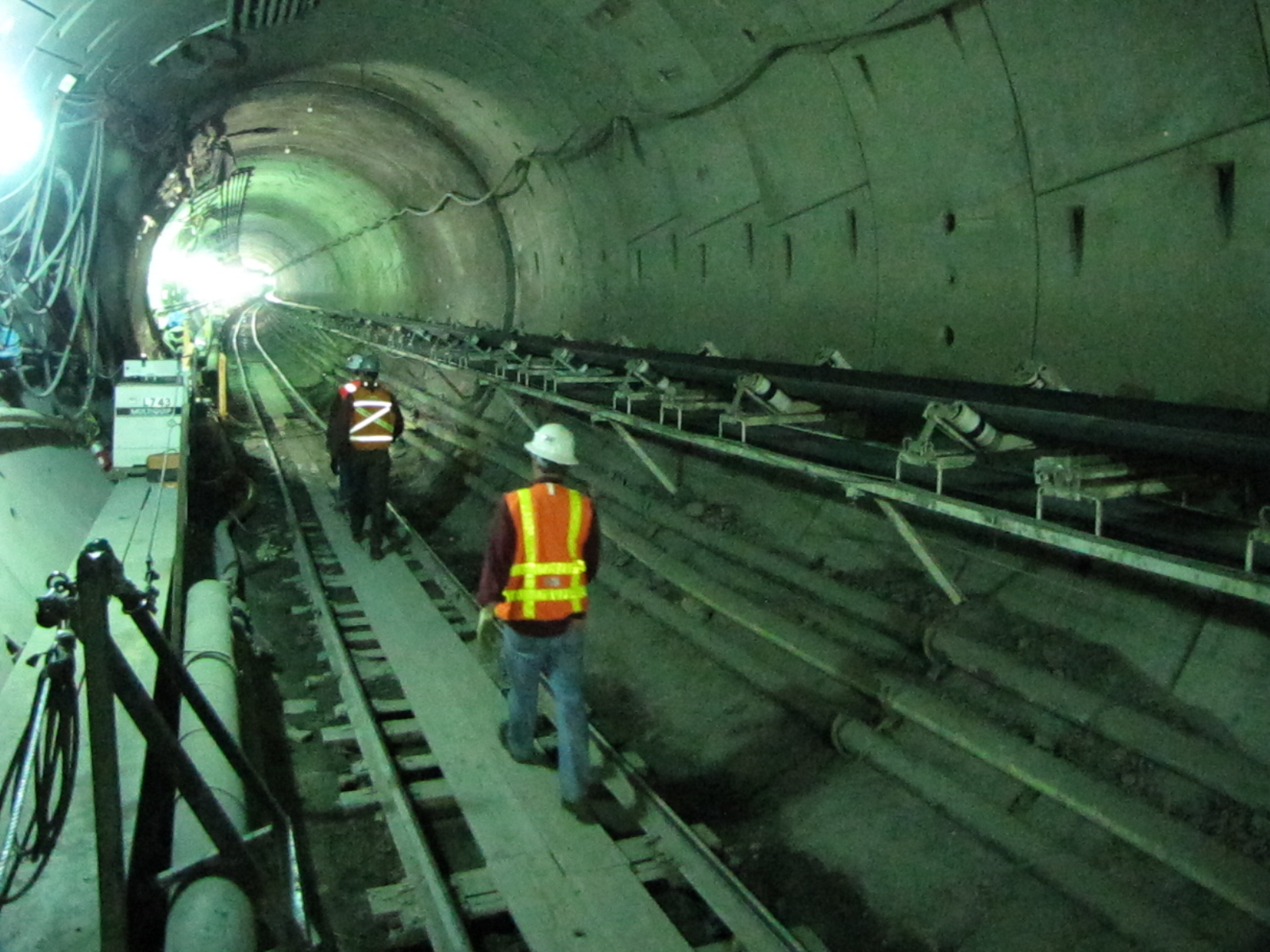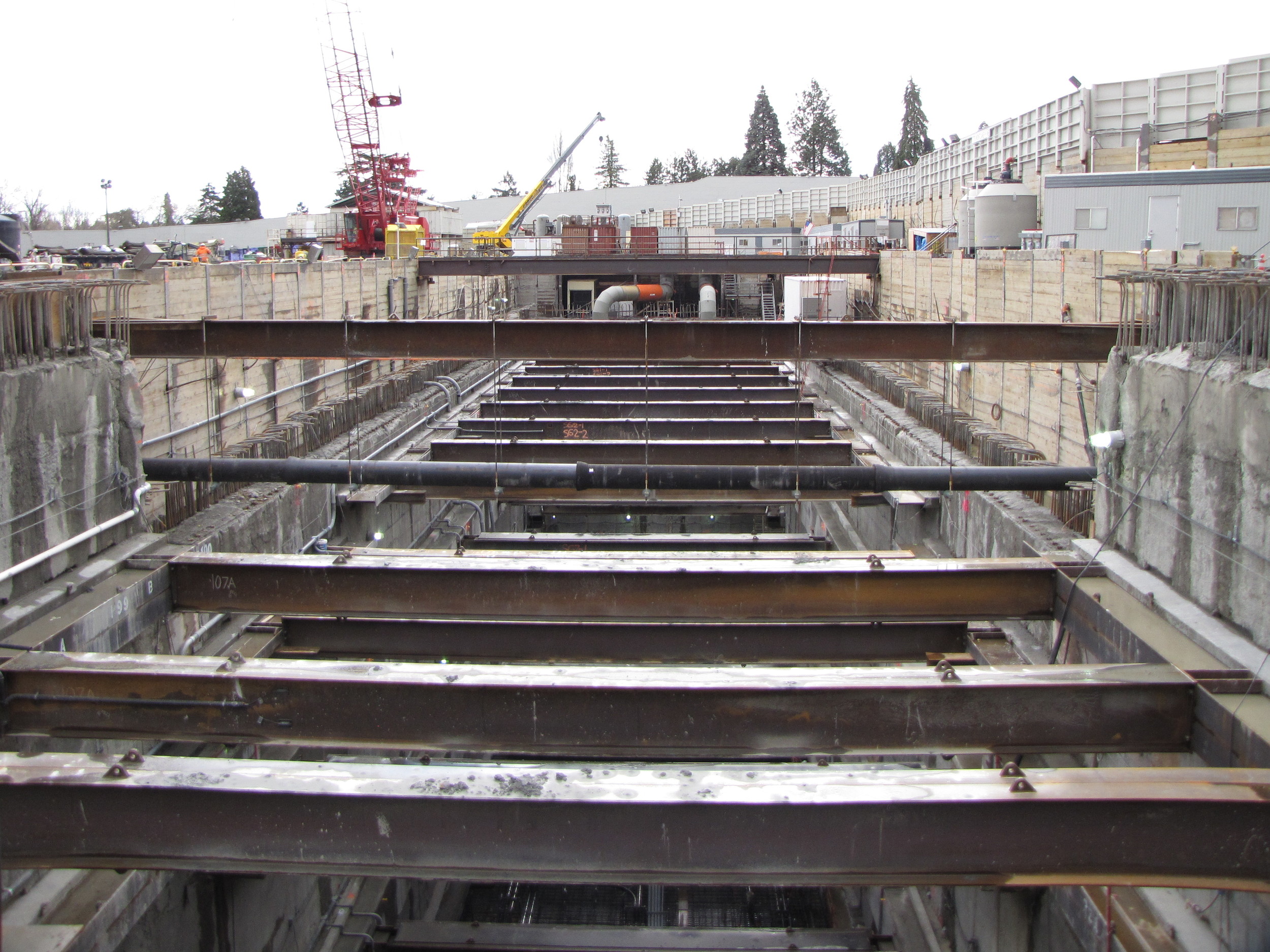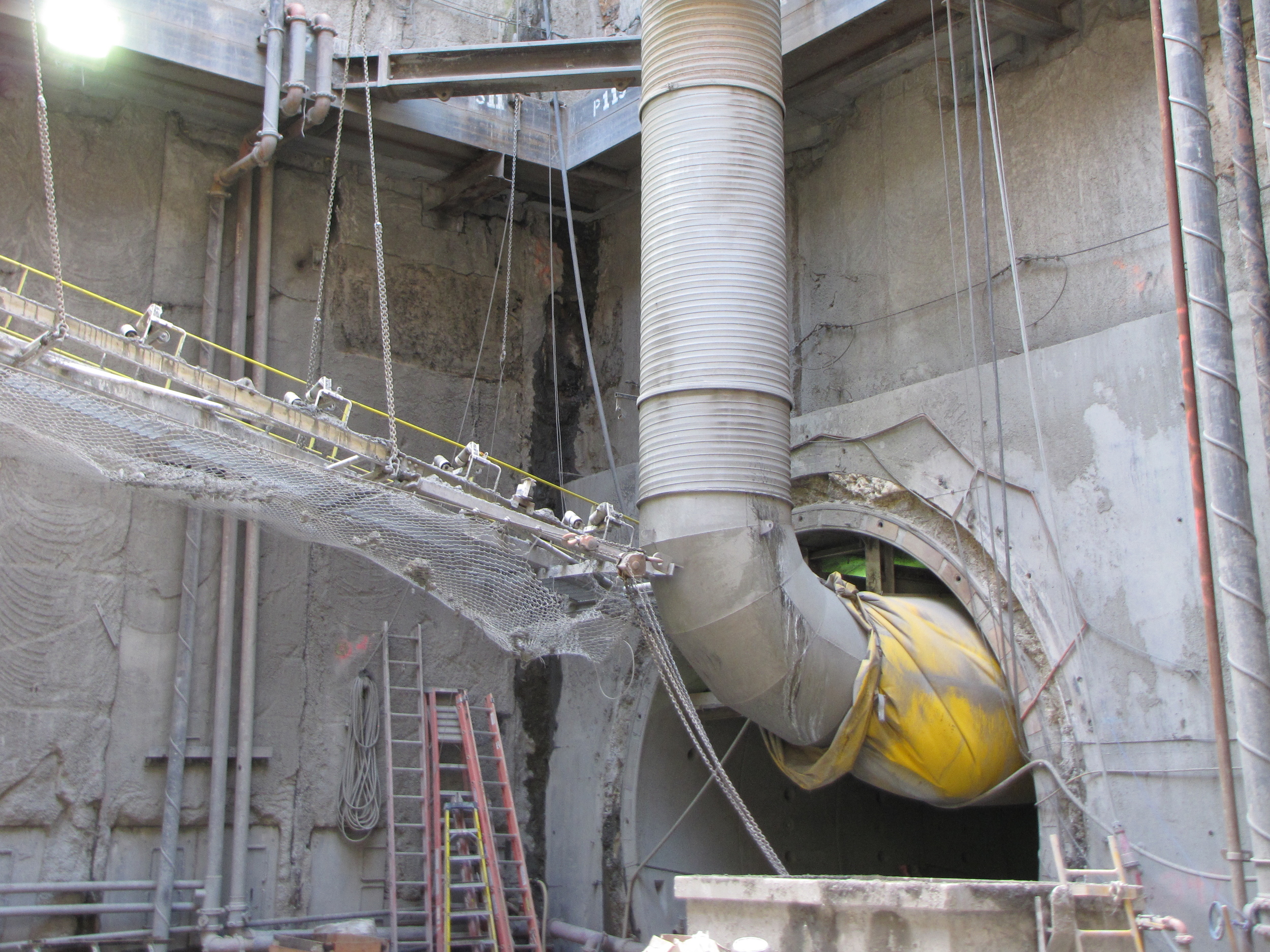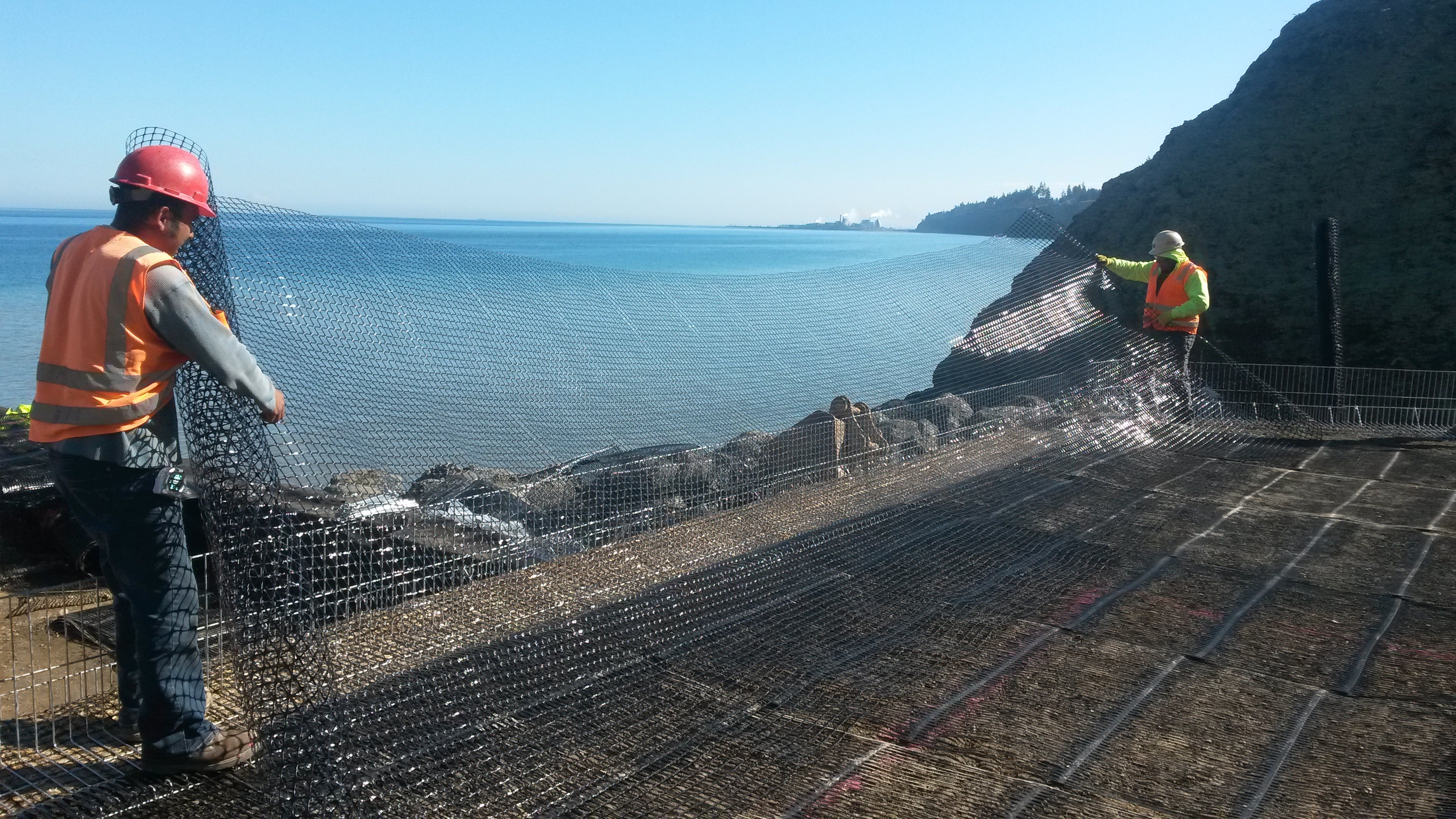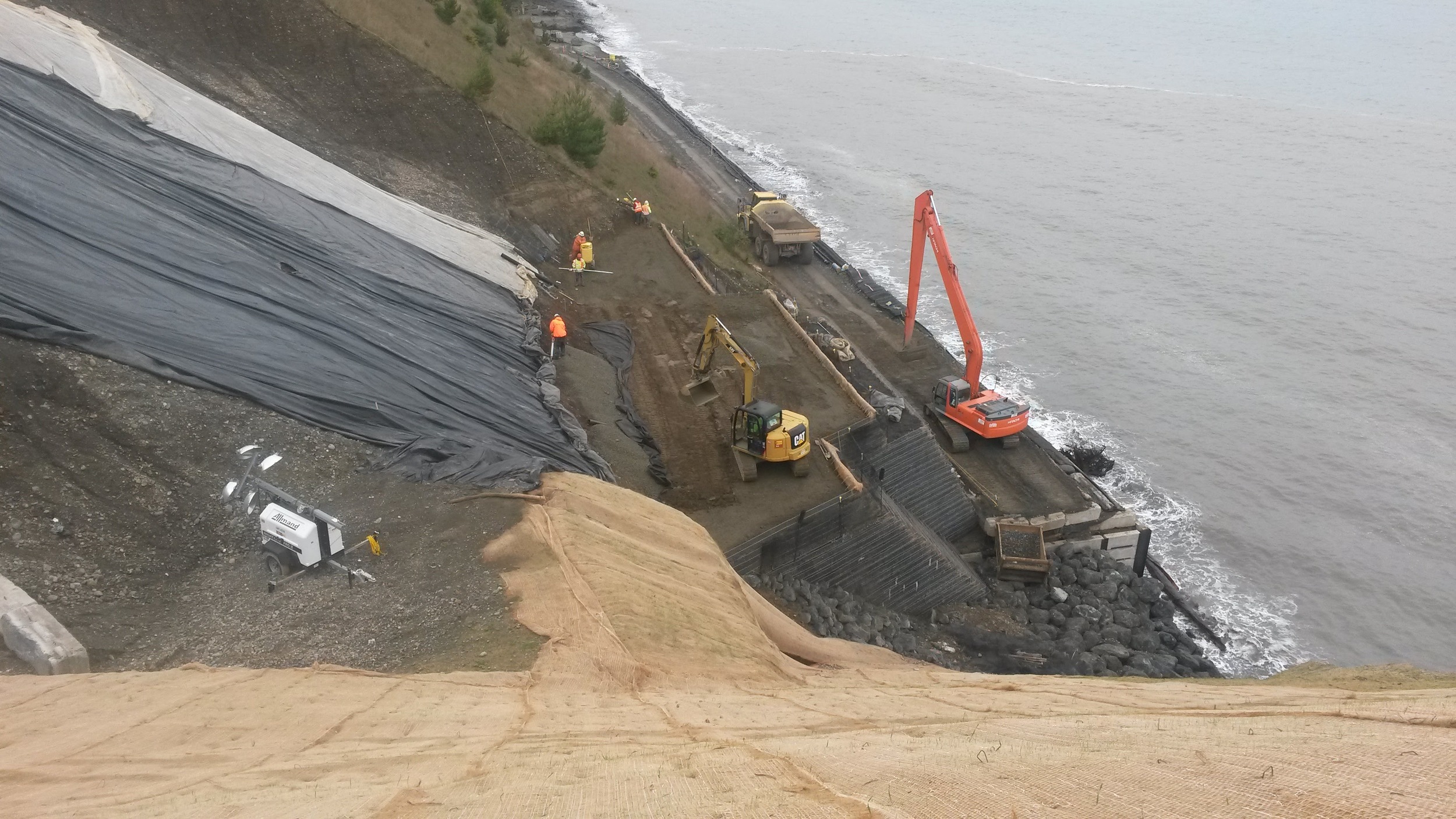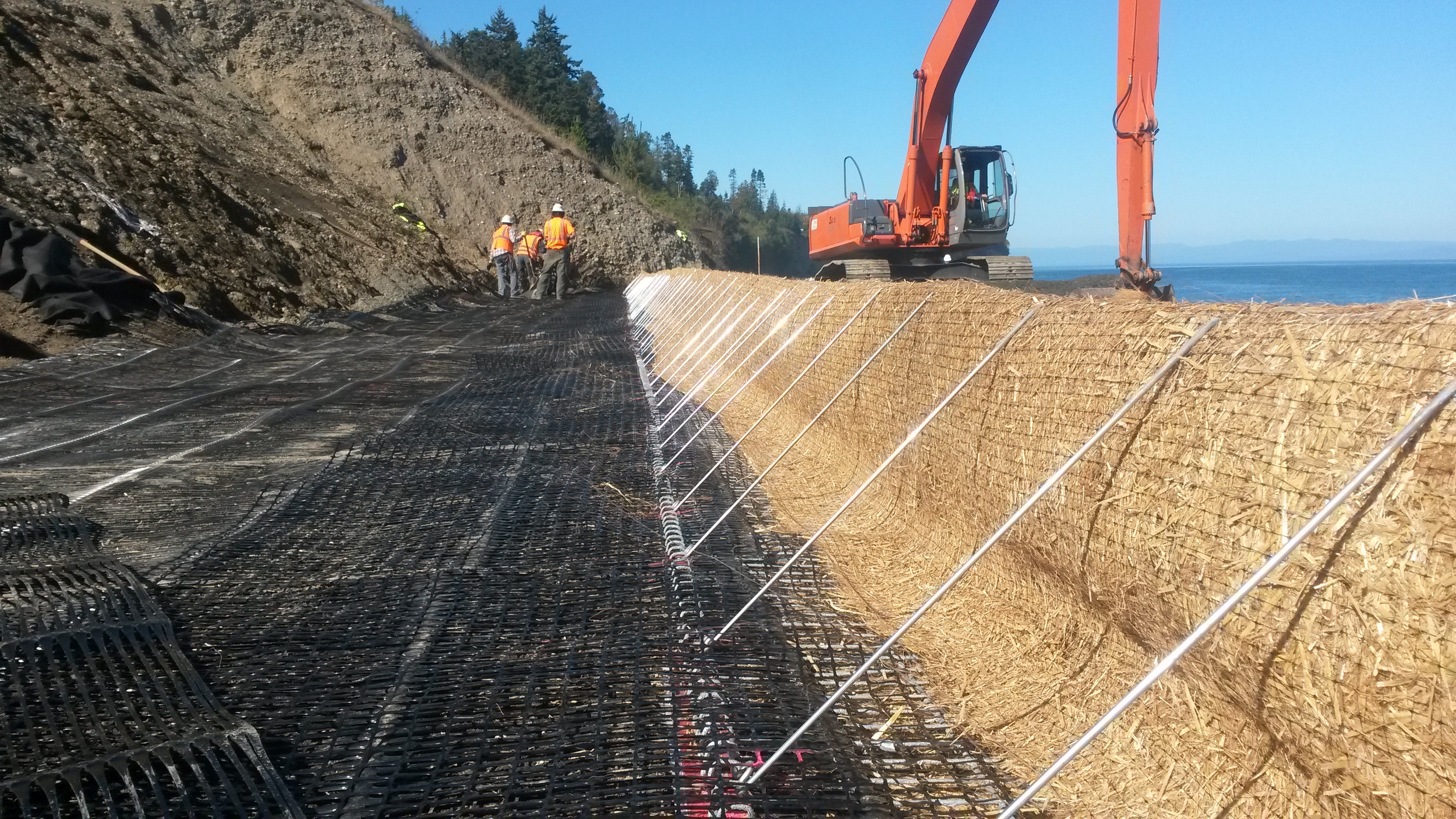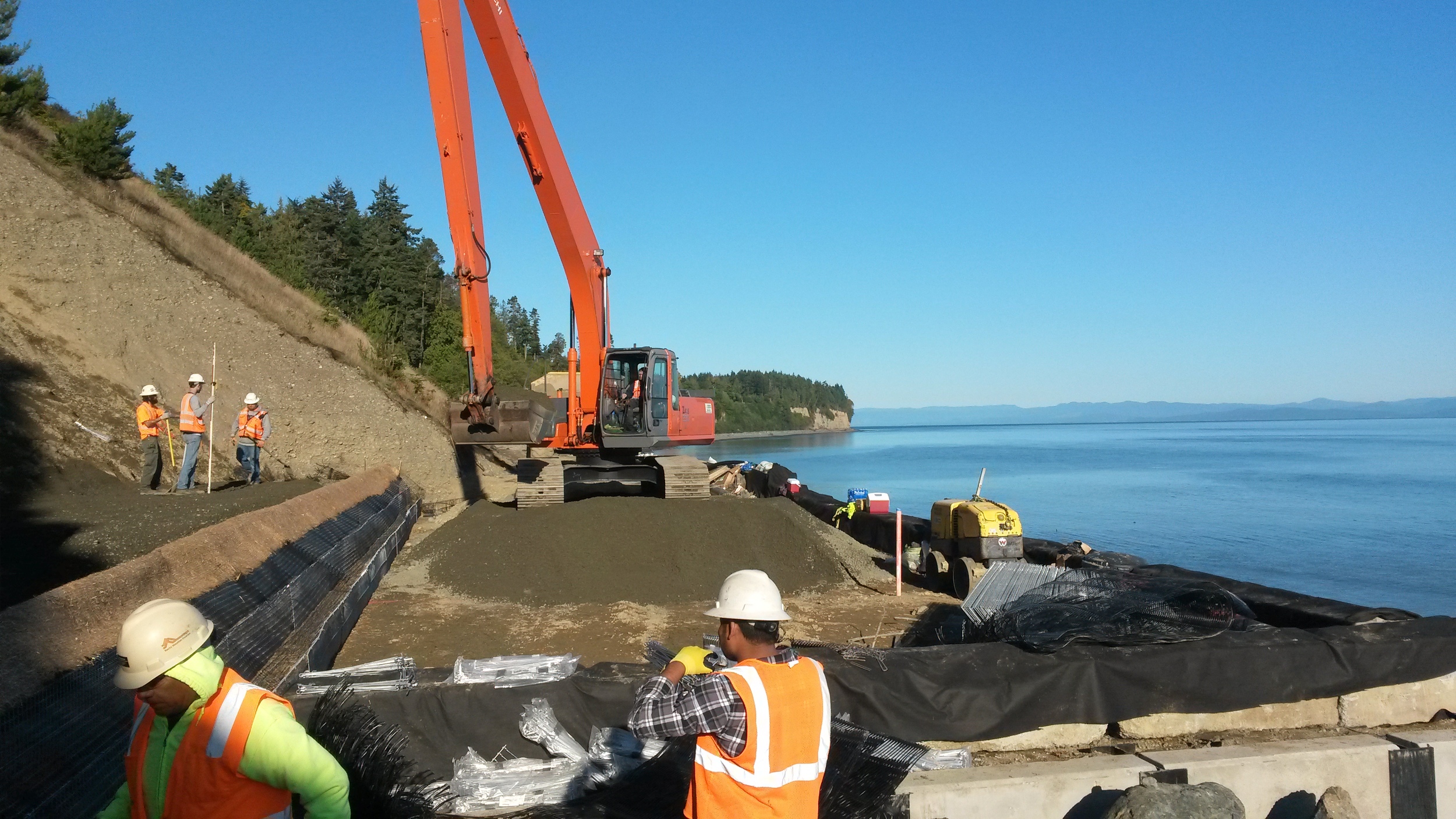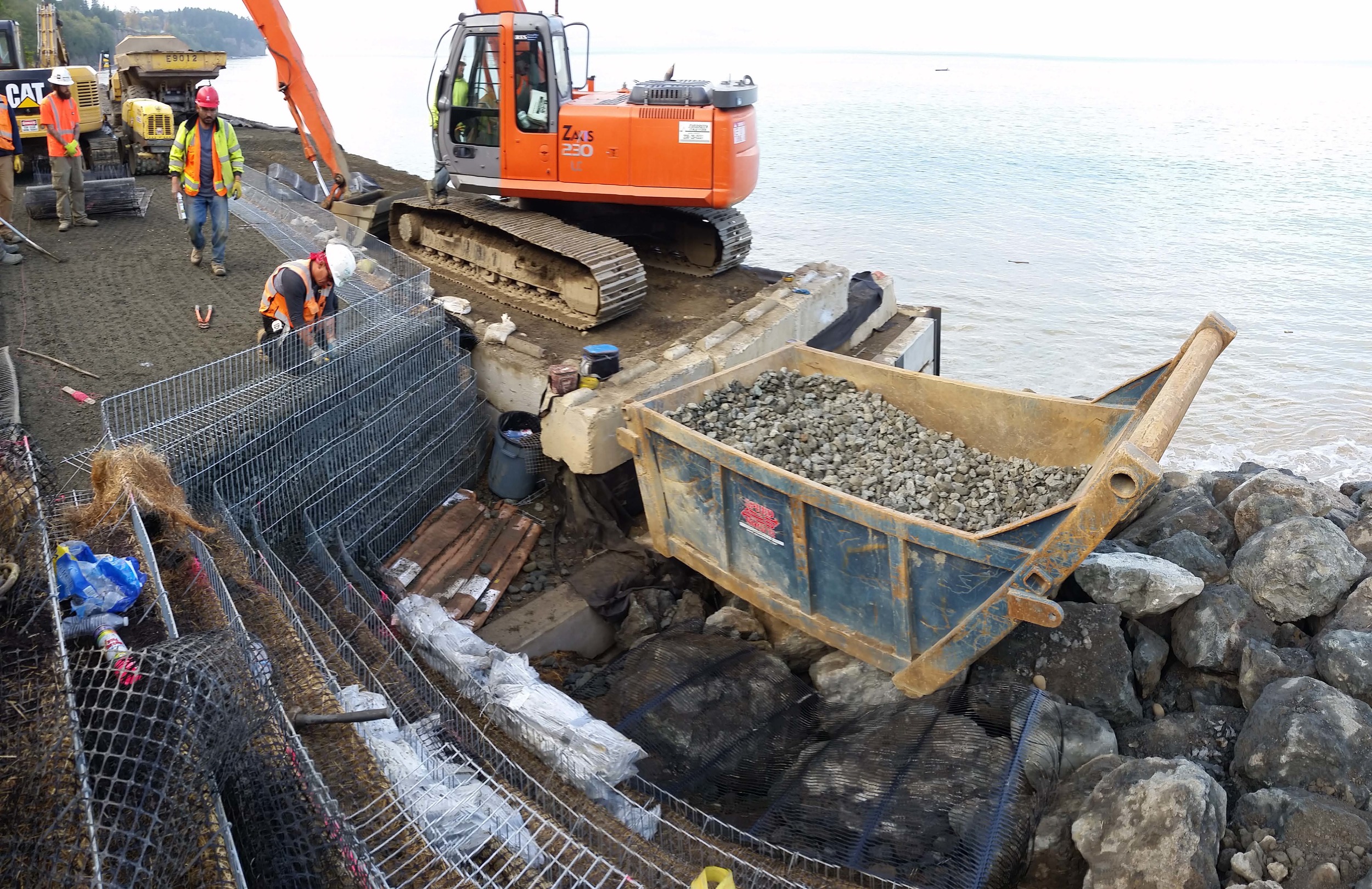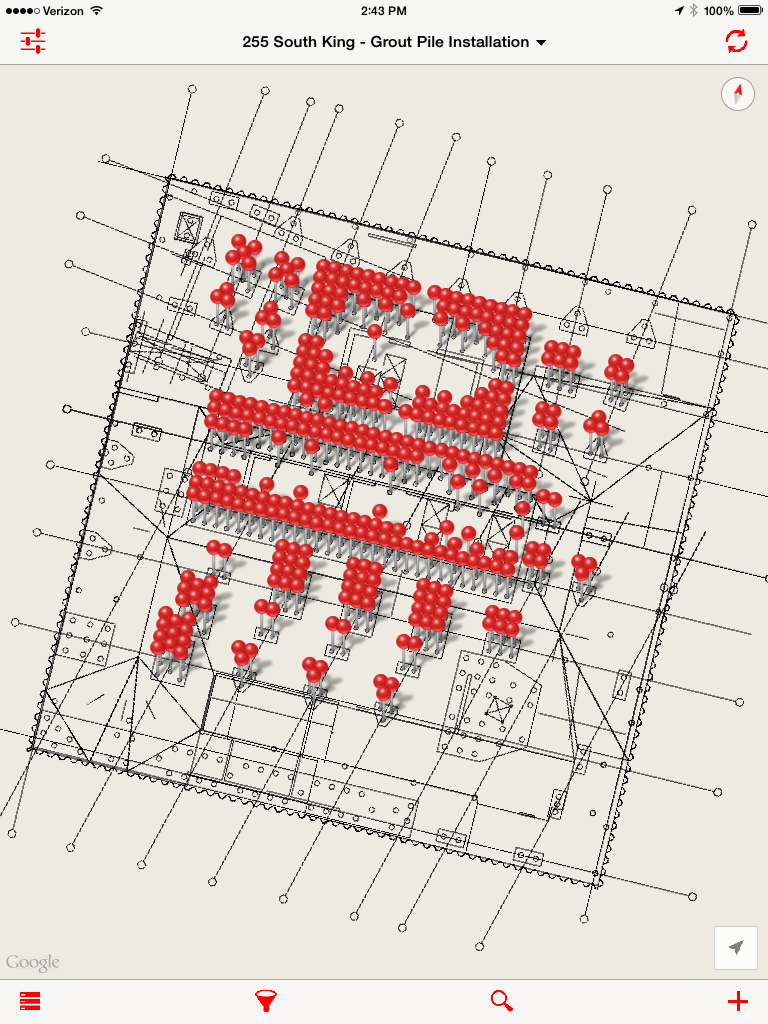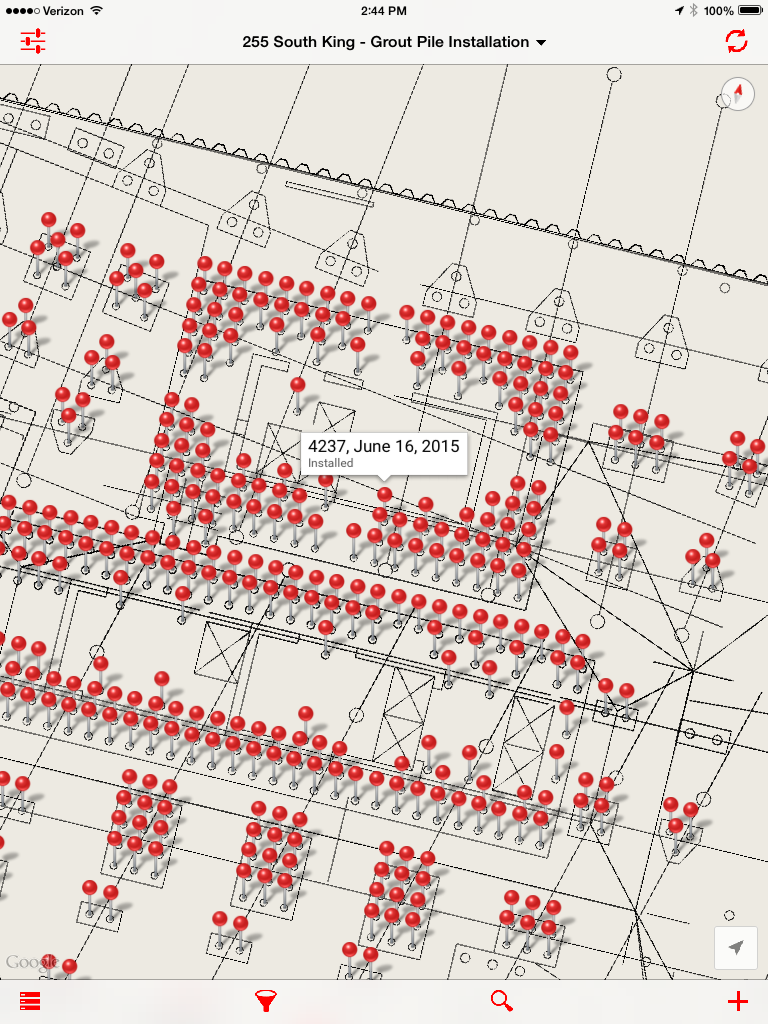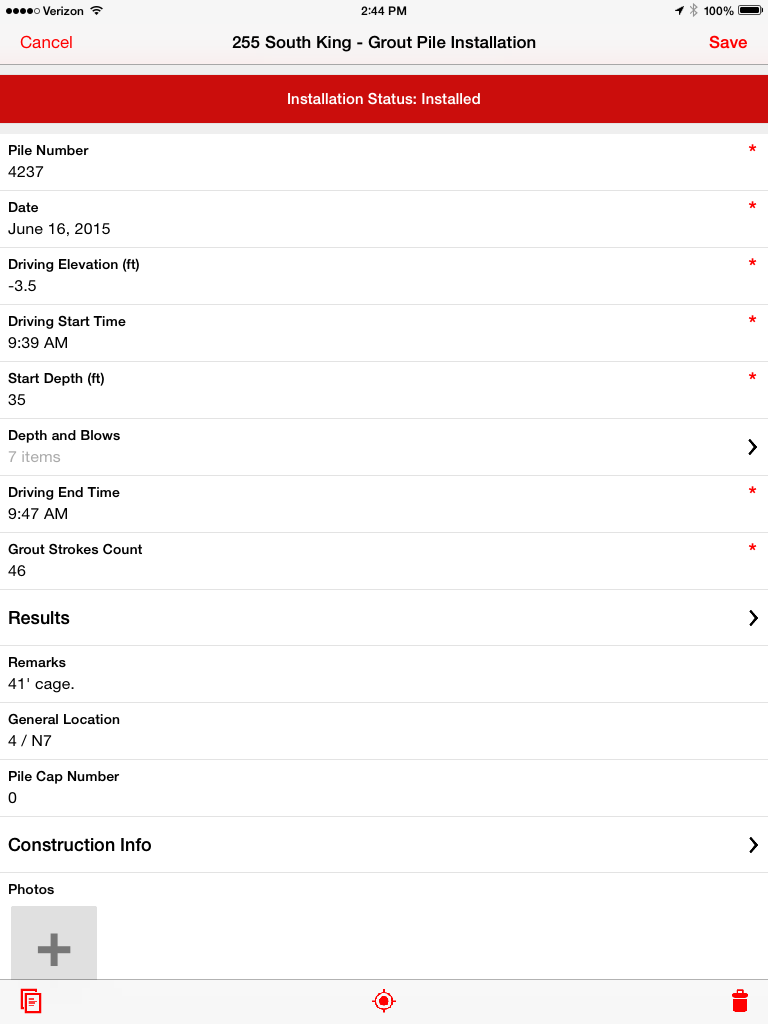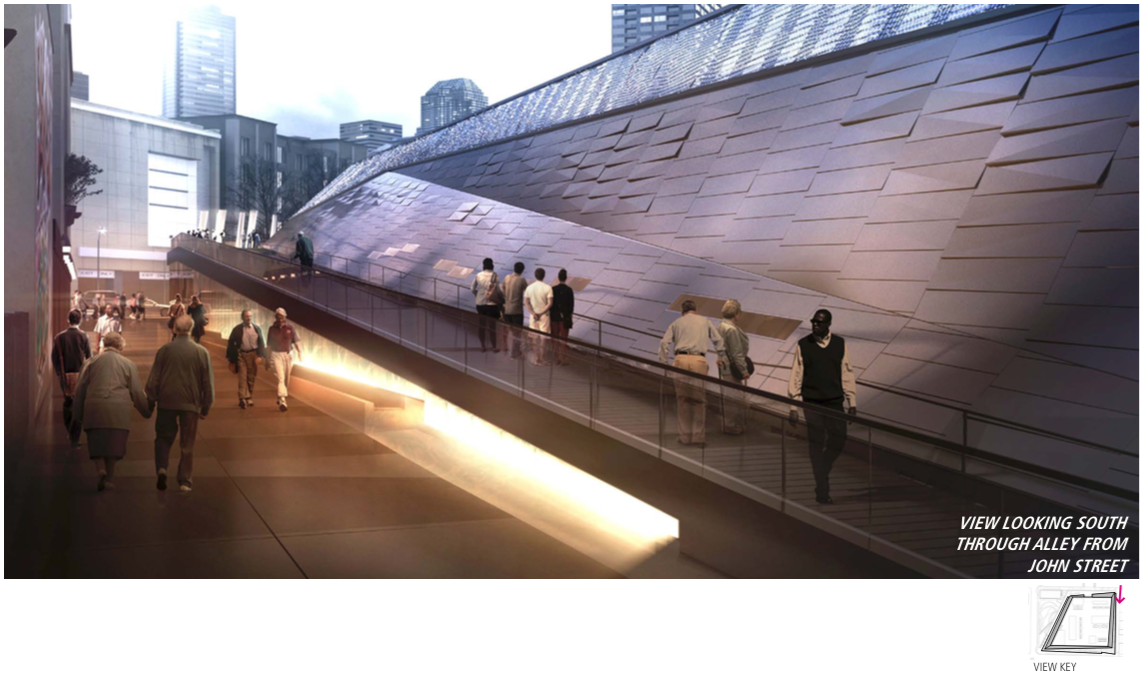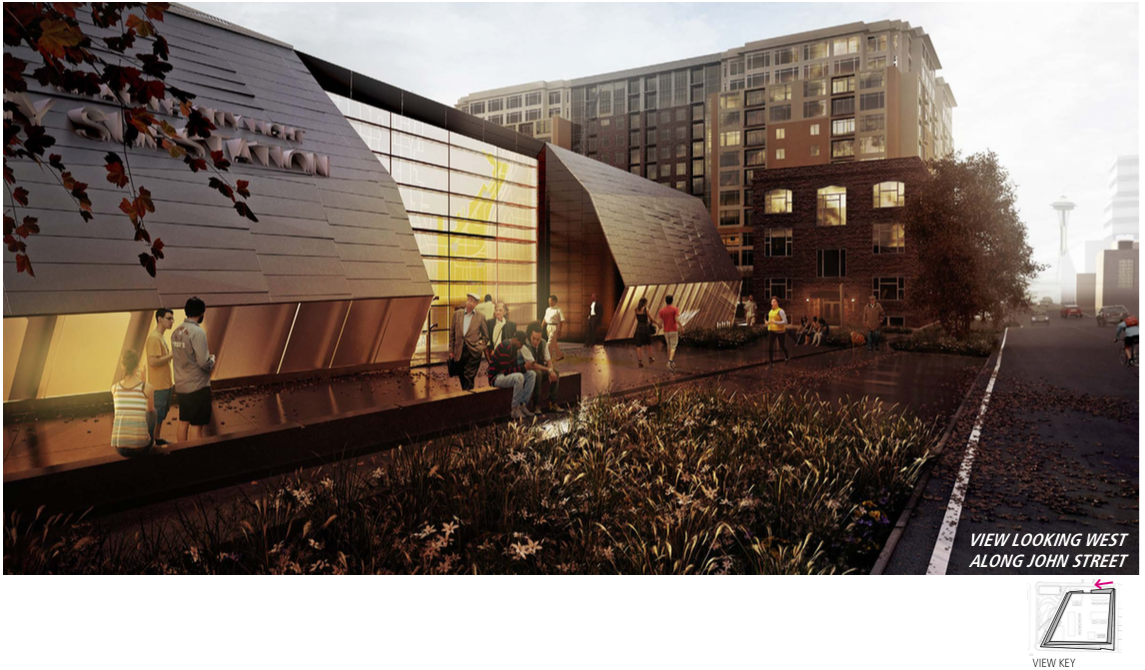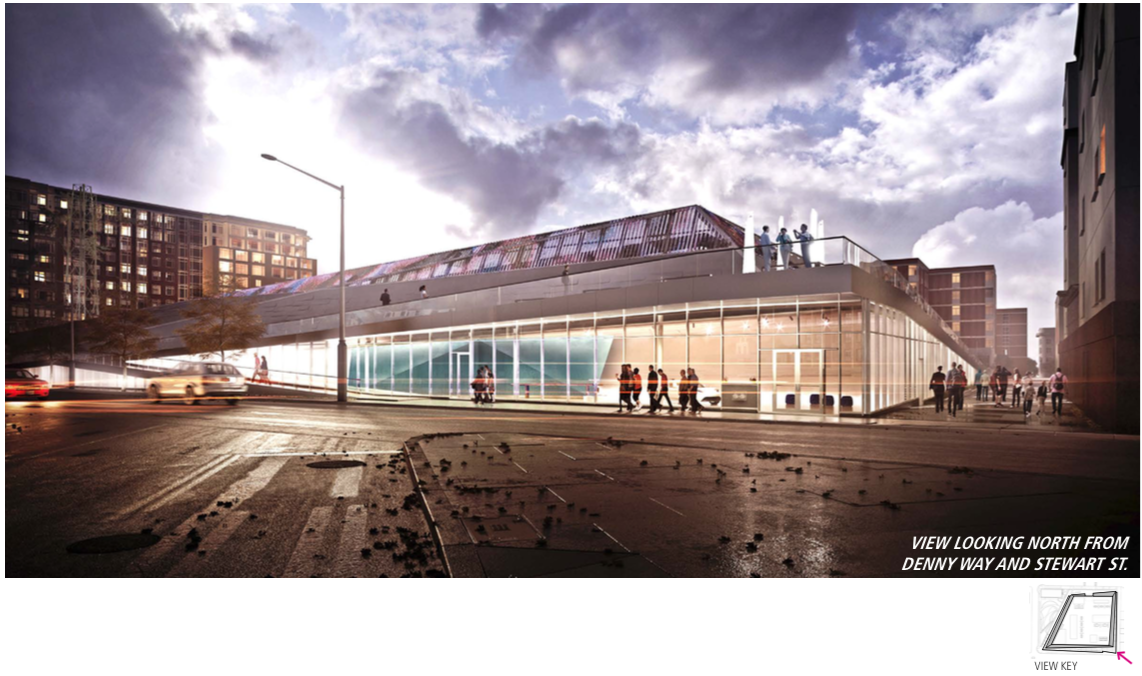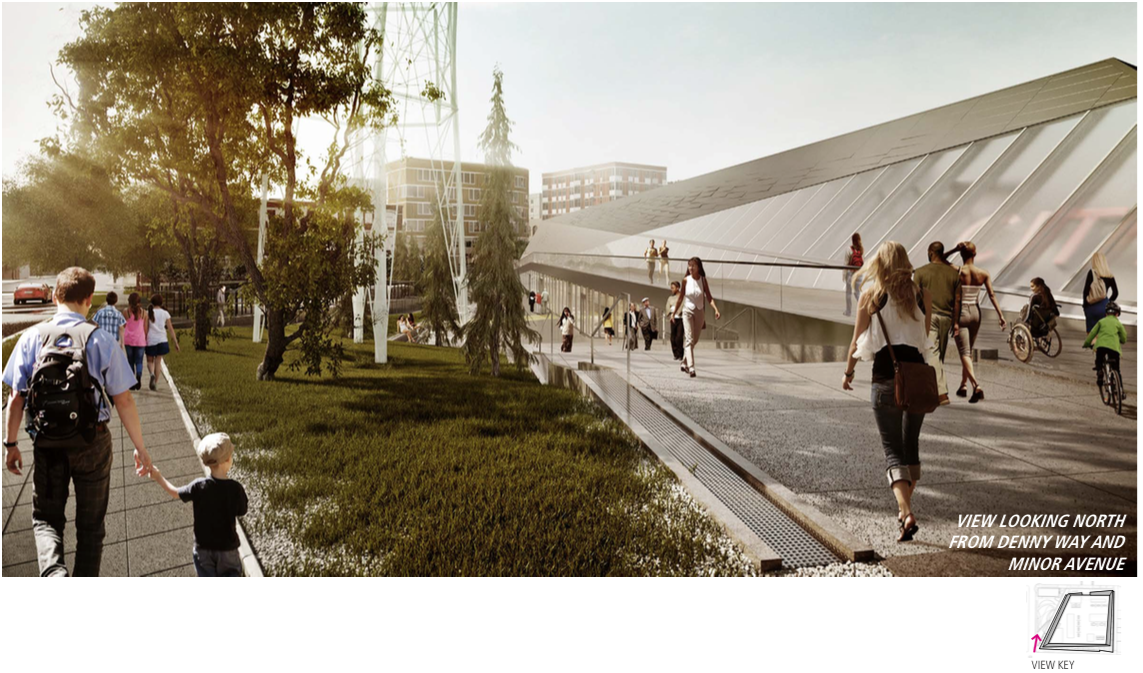Aspect’s Data + Mapping team uses time-saving tools to streamline our data analysis and processing to inform conclusions, design, and reporting—at the center of which is the environmental data management system EQuIS. Having long been leaders in the field of environmental chemistry data management, we have recently migrated from home-built, custom database systems to this industry standard. Our expertise with this powerful software has been bolstered by Senior Staff Data Scientist Lea Beard, who joined Aspect last summer. She is an EQuIS expert who turns her deep analytical chemistry and data management skills into efficiencies and insights for Aspects project teams and clients.
Why we use EQuIS:
- It is reliable and stable, ensuring the integrity of our clients’ valuable data.
- It helps us to process, review, manage, and analyze data as rapidly as our projects move.
- It enables us easily tailor reporting outputs to the nuanced needs of a project.
- It ensures adherence to standards and helps us to maintain consistency across projects.
- It safeguards our data’s compliance with environmental regulatory standards.
Created by EarthSoft, EQuIS is optimized to handle a broad-range of environmental data—particularly environmental chemistry data. EQuIS gives us the “brain” to formulate answers to the questions its users may ask, such as:
- How many fish passed through this culvert last year?
- To what extent have the concentrations of chlorinated solvents in groundwater responded to the remediation system operation?
- Was the Reporting Detection Limit for Lead low enough to meet the Quality Assurance Project Plan?
- What were water level elevations in this monitoring well network from 2010 to 2015?
Having this framework already in place saves us and our clients time and money that would otherwise be spent building or customizing software to meet ever-changing needs. EQuIS also contains built-in solutions for common problems encountered in environmental reporting. It’s been put to the test by a wide cross-section of users—consultants, public agencies, corporations, laboratories—who have contributed their feedback and worked out bugs as they go. With a diverse group of users informing how it works for them, EQuIS is able to keep up with the state of environmental reporting.
Case Study in How EQuIS Simplifies Our Data Collection
Our staff heads out to a project site, tablet loaded with Fulcrum in hand, and begins to collect data. When the day is done, they send samples to the lab for analysis. Taking the field observations and measurements from Fulcrum and the analytical results from the lab, Lea feeds these two data sets alongside one another into EQuIS. With these normally separate datasets stored together in one spot, EQuIS makes it easy to access and search. Automated alerts and reporting based on preset parameters (perhaps a particular contaminant level has been detected or exceeded) means that project teams can make timely decisions about their next round of data collection or further investigation/inquiry. Reversing the direction of the data, Lea can then feed those results back into Fulcrum, sending it out to the team in the field, ensuring they have the most up-to-date information at the site. In the past this information exchange would have taken a week, but with EQuIS and Fulcrum, it takes mere hours.
EQuIS weaves together the data streams and creates meaningful output.





